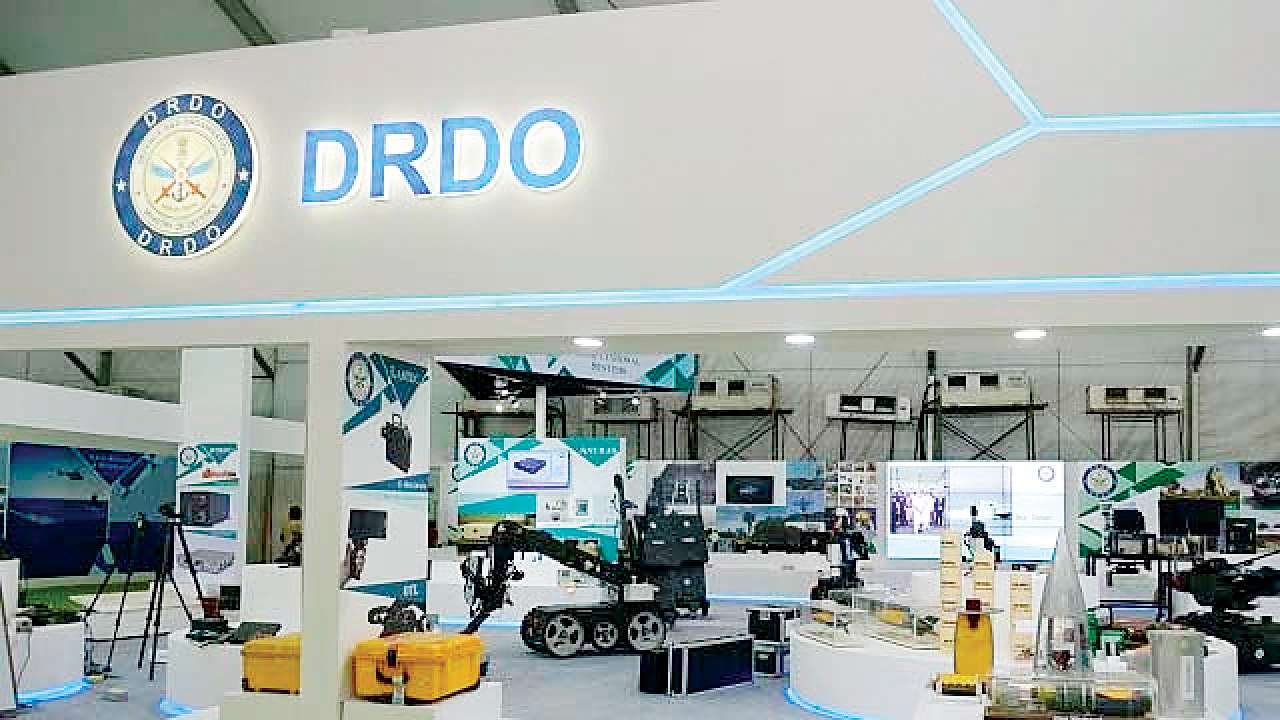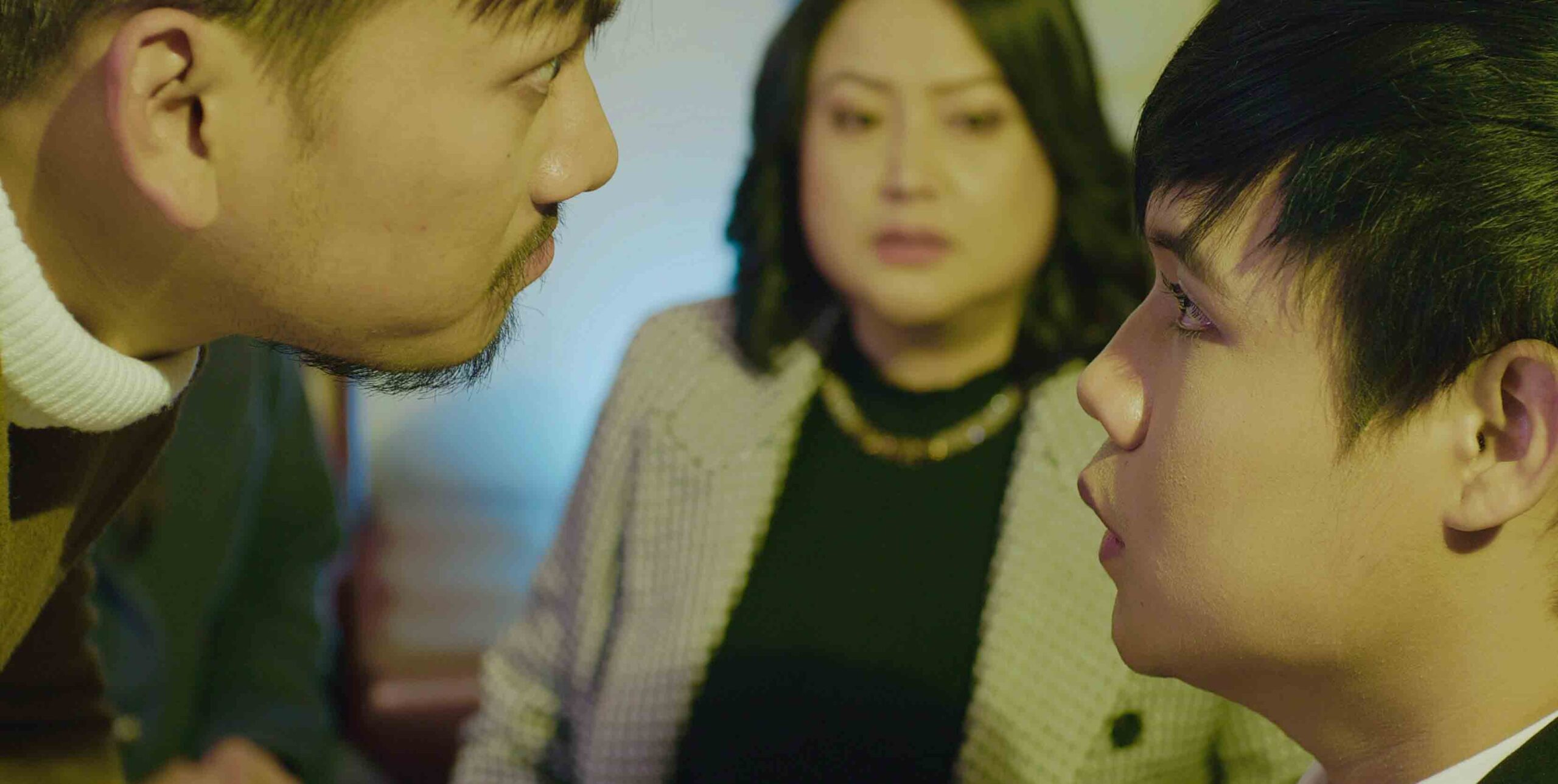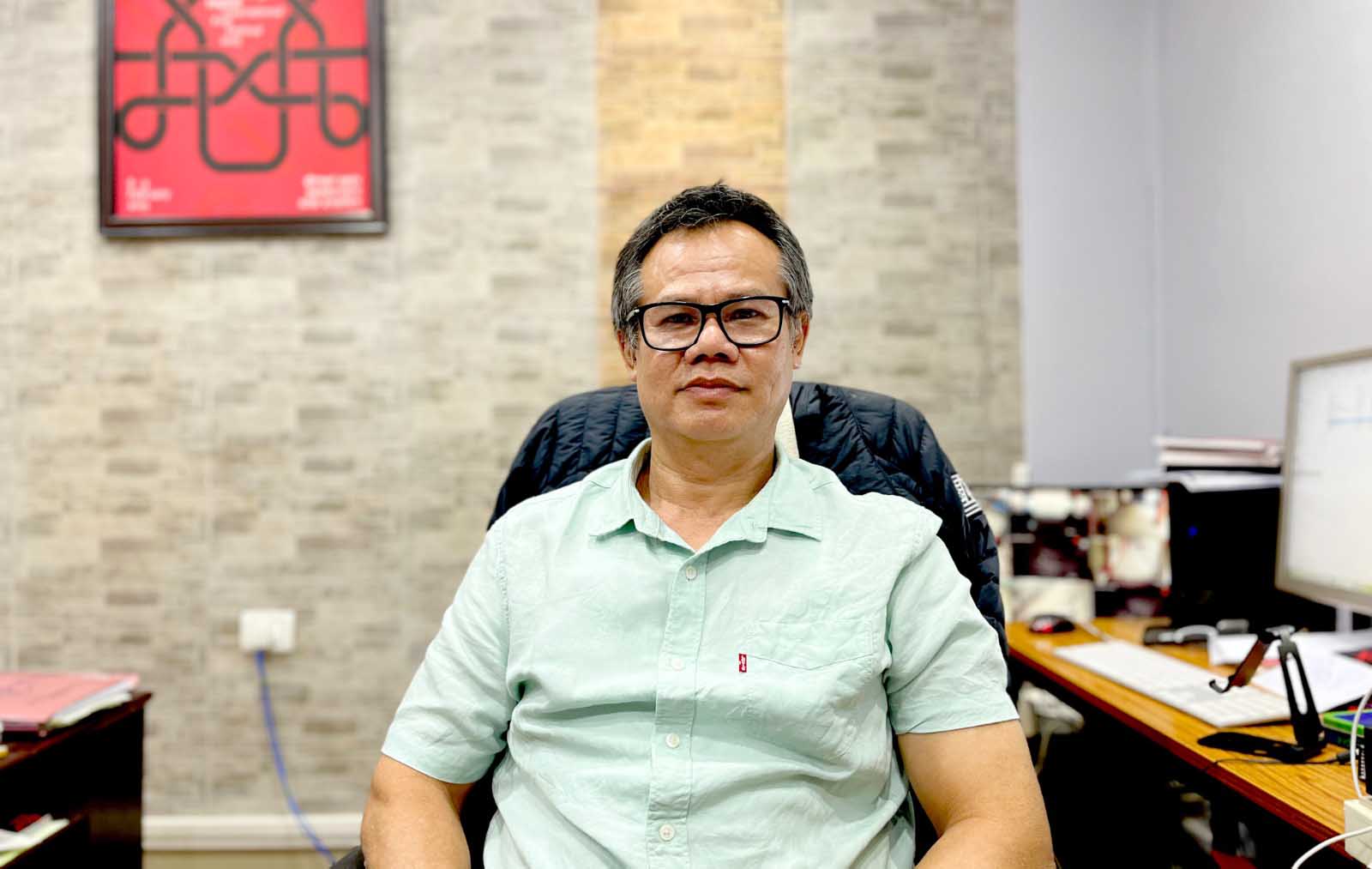During 2020, the first year of the pandemic caused by the COVID 19 virus which reportedly emanated from the Wuhan Institute of Virology in December 2019, as part of China’s biological warfare “research” programme, the Defence Research and Development Organisation (DRDO) contributed substantially by its innovative projects to produce items critically required by medical staff and the public to protect themselves from the deadly effects of the virus.
In 2021, the second year of the pandemic, when the effects of COVID 19, or its mutants are proving to be worse than in 2020 and which are taking a greater toll of lives, DRDO has come up with two very vital contributions, which are an anti-COVID drug and an oxygen breathing system.s
An anti-COVID-19 therapeutic application of the drug 2-deoxy-D-glucose (2-DG), developed by Institute of Nuclear Medicine and Allied Sciences (INMAS), a lab of Defence Research and Development Organisation (DRDO), in collaboration with Dr Reddy’s Laboratories (DRL), Hyderabad. Clinical trial results have shown that this molecule helps in faster recovery of hospitalised patients and reduces supplemental oxygen dependence. Higher proportion of patients treated with 2-DG showed RT-PCR negative conversion in COVID patients. The drug will be of immense benefit to the people suffering from COVID-19.
Pursuing Prime Minister Shri Narendra Modi’s call for preparedness against the pandemic, DRDO took the initiative of developing anti-COVID therapeutic application of 2-DG. In April 2020, during the first wave of the pandemic, INMAS-DRDO scientists conducted laboratory experiments with the help of Centre for Cellular and Molecular Biology (CCMB), Hyderabad and found that this molecule works effectively against SARS-CoV-2 virus and inhibits the viral growth. Based on these results, Drugs Controller General of India’s (DCGI) Central Drugs Standard Control Organization (CDSCO) permitted Phase-II clinical trial of 2-DG in COVID-19 patients in May 2020.
The DRDO, along with its industry partner DRL, Hyderabad, started the clinical trials to test the safety and efficacy of the drug in COVID-19 patients. In Phase-II trials (including dose ranging) conducted during May to October 2020, the drug was found to be safe in COVID-19 patients and showed significant improvement in their recovery. Phase IIa was conducted in six hospitals and Phase IIb (dose ranging) clinical trial was conducted at 11 hospitals all over the country. Phase-II trial was conducted on 110 patients.
In efficacy trends, the patients treated with 2-DG showed faster symptomatic cure than Standard of Care (SoC) on various endpoints. A significantly favourable trend (2.5 days difference) was seen in terms of the median time to achieving normalisation of specific vital signs parameters when compared to SoC.
Based on successful results, DCGI further permitted the Phase-III clinical trials in November 2020. The Phase-III clinical trial was conducted on 220 patients between December 2020 to March 2021 at 27 COVID hospitals in Delhi, Uttar Pradesh, West Bengal, Gujarat, Rajasthan, Maharashtra, Andhra Pradesh, Telangana, Karnataka and Tamil Nadu. The detailed data of phase-III clinical trial was presented to DCGI. In 2-DG arm, significantly higher proportion of patients improved symptomatically and became free from supplemental oxygen dependence (42% vs 31%) by Day-3 in comparison to SoC, indicating an early relief from Oxygen therapy/dependence.
A similar trend was observed in patients aged more than 65 years. On May 01, 2021, DCGI granted permission for Emergency Use of this drug as adjunct therapy in moderate to severe COVID-19 patients. Being a generic molecule and analogue of glucose, it can be easily produced and made available in plenty in the country.
The drug comes in powder form in a sachet, which is taken orally by dissolving it in water. It accumulates in the virus infected cells and prevents virus growth by stopping viral synthesis and energy production. Its selective accumulation in virally infected cells makes this drug unique.
In the ongoing second COVID-19 wave, a large number of patients are facing severe oxygen dependency and need hospitalisation. The drug is expected to save precious lives due to the mechanism of operation of the drug in infected cells. This also reduces the hospital stay of COVID-19 patients.
PM CARES Fund has accorded sanction for procurement of 1,50,000 units of ‘Oxycare’ system developed by Defence Research and Development Organisation (DRDO) at a cost of Rs 322.5 crore. Oxycare is a SpO2 based Oxygen Supply System which regulates the oxygen being administered to patients based on the sensed SpO2 levels. Under this sanction, 1,00,000 manual and 50,000 automatic Oxycare systems along with non-rebreather masks are being procured.

The Oxycare system delivers supplemental oxygen based on the SpO2 levels and prevents the person from sinking into a state of hypoxia which can be fatal. This system was developed by Defence Bio-Engineering & Electro Medical Laboratory (DEBEL), Bengaluru of DRDO for soldiers posted at extreme high-altitude areas. The system is indigenously developed for operation in field conditions and is robust. It can be effectively used to treat COVID-19 patients.

Two variants of the system have been configured. The basic version consists of a 10-litre oxygen cylinder, a pressure regulator cum flow controller, a humidifier and a nasal cannula. The oxygen flow is regulated manually based on the SpO2 readings. In the second configuration, the oxygen cylinder is equipped with electronic controls which automatically regulates the oxygen flow through a low-pressure regulator and a SpO2 probe.
The SpO2 Based Oxygen Supply System optimises the consumption of oxygen based on the SpO2 reading of the patient and effectively increases the endurance of portable oxygen cylinder. The threshold SpO2 value for initiating flow from the system can be adjusted by the health staff. A display is provided for continuously monitoring the SpO2 levels. Work load and exposure of healthcare providers is considerably reduced by eliminating the need of routine measurements and manual adjustments of oxygen flow.
The automatic system also provides suitable audio warning for various failure scenarios including low SpO2 values and probe disconnections. The non-rebreather masks are integrated with the Oxycare Systems for efficient use of oxygen which results in saving of Oxygen by 30-40%. The non-rebreather masks need to be changed for every patient. These Oxycare systems can be used at Homes, Quarantine Centres, COVID Care Centres and Hospitals.
DRDO has transferred this technology to multiple industries in India which will be producing the Oxycare systems.
WordSword Features

The writer is editor WordSword Features. He is also a strategic analyst and former spokesperson, Defence Ministry and Indian Army, and can be contacted at wordsword02@gmail.











